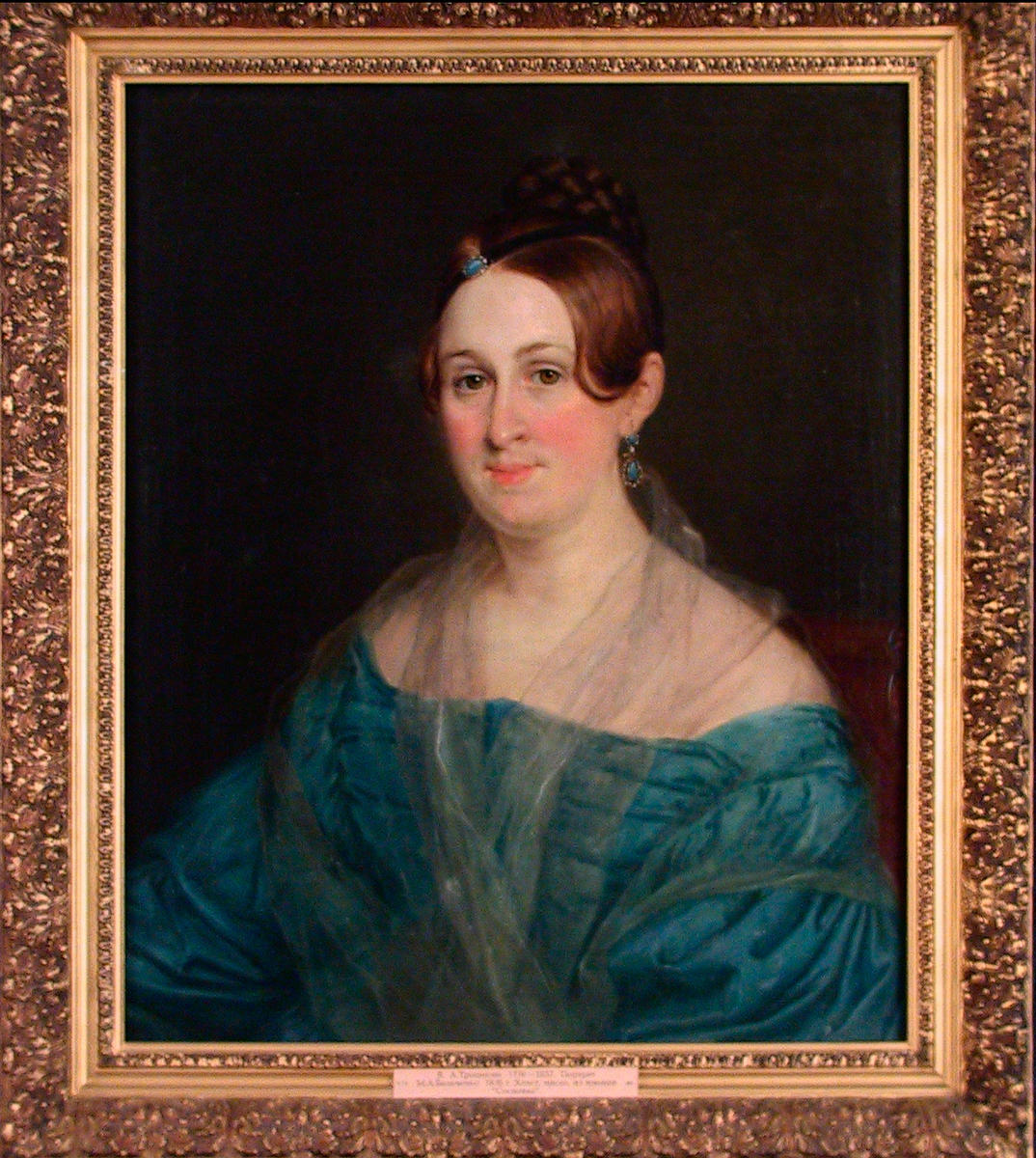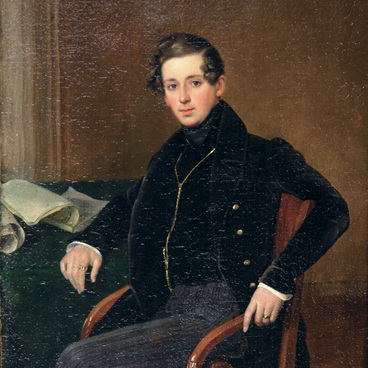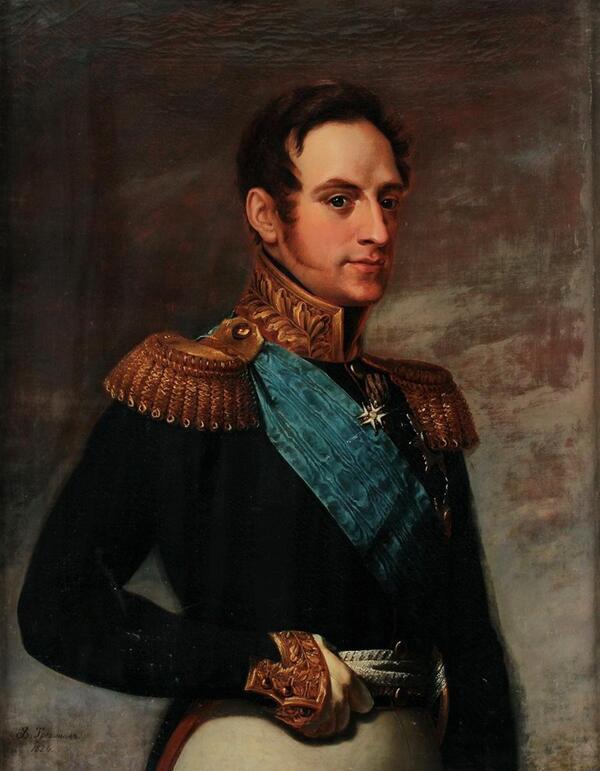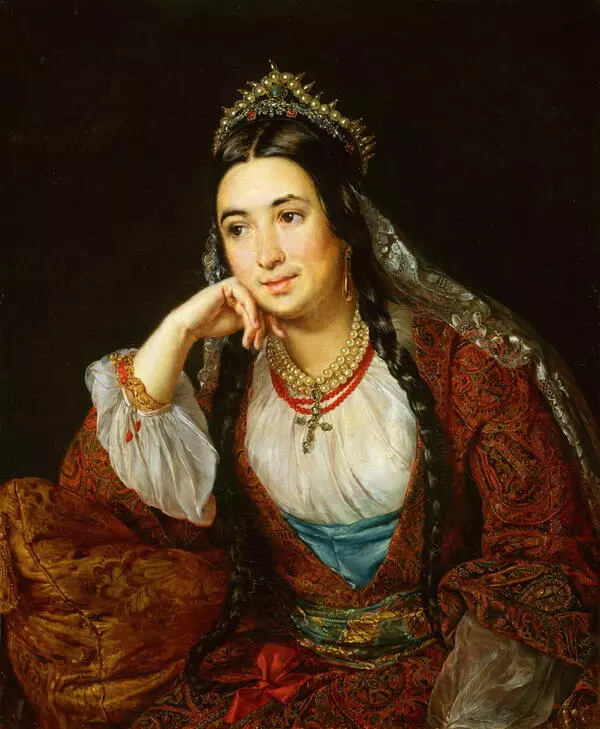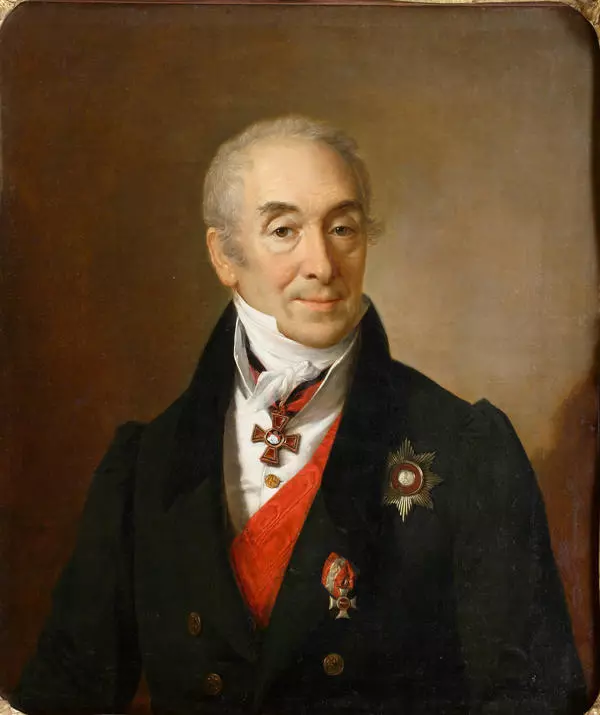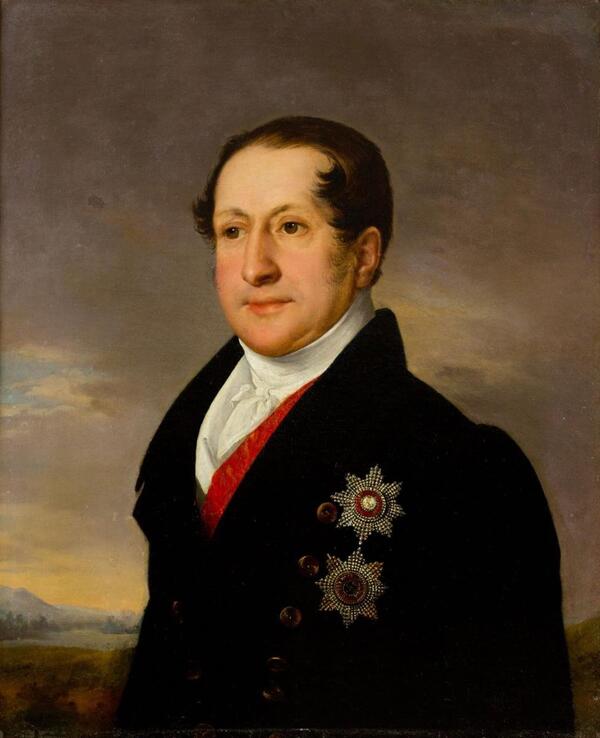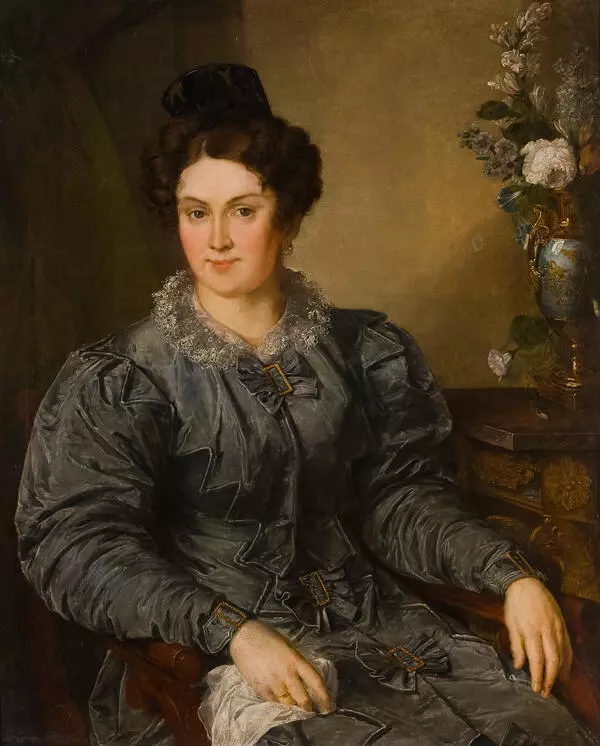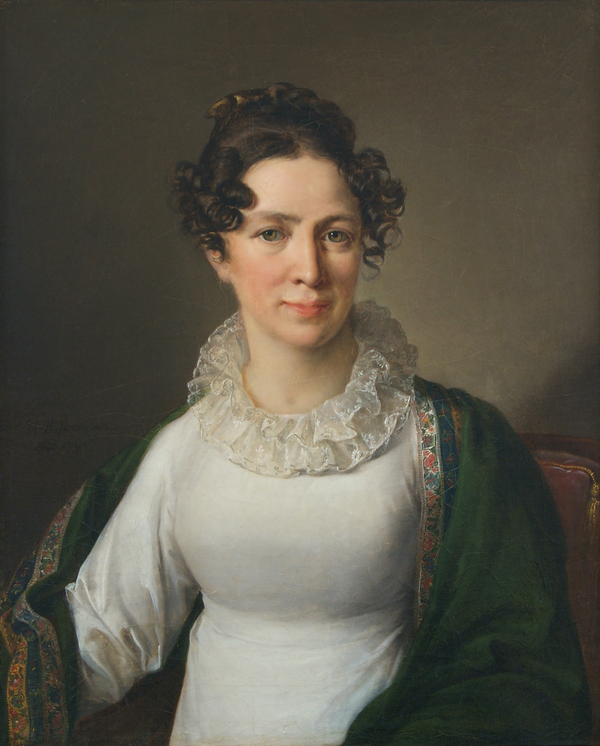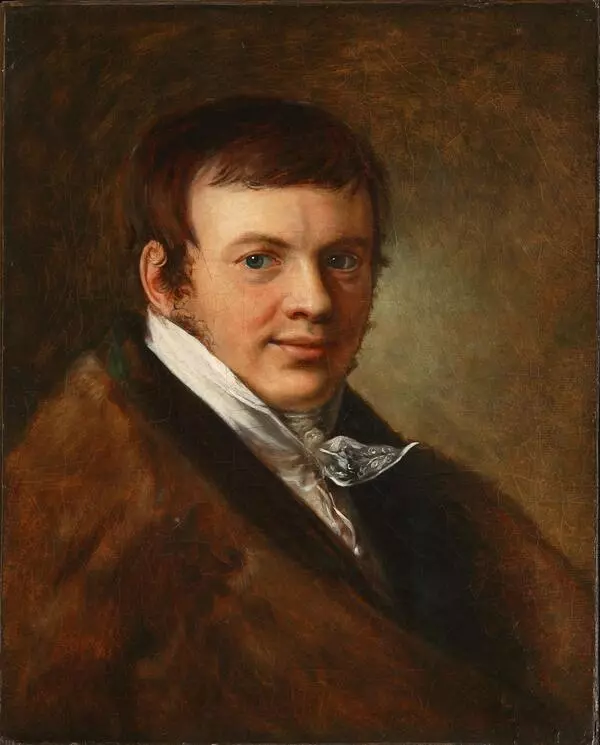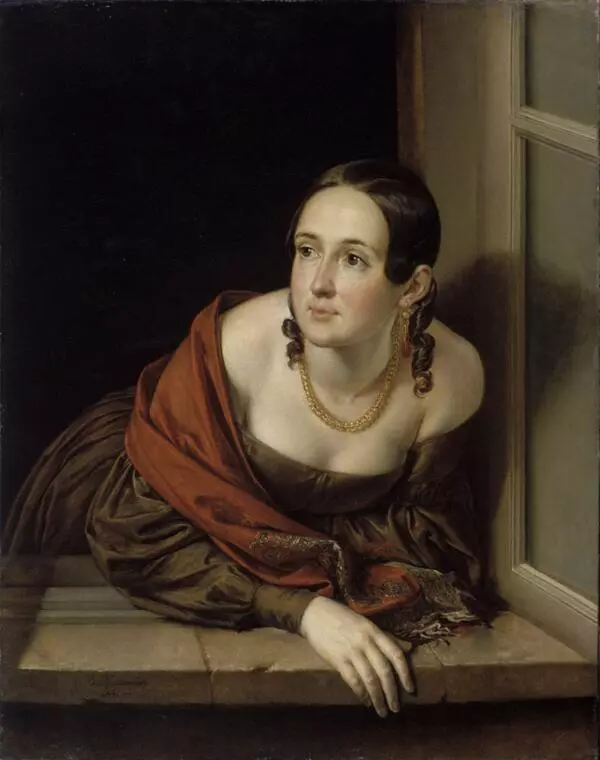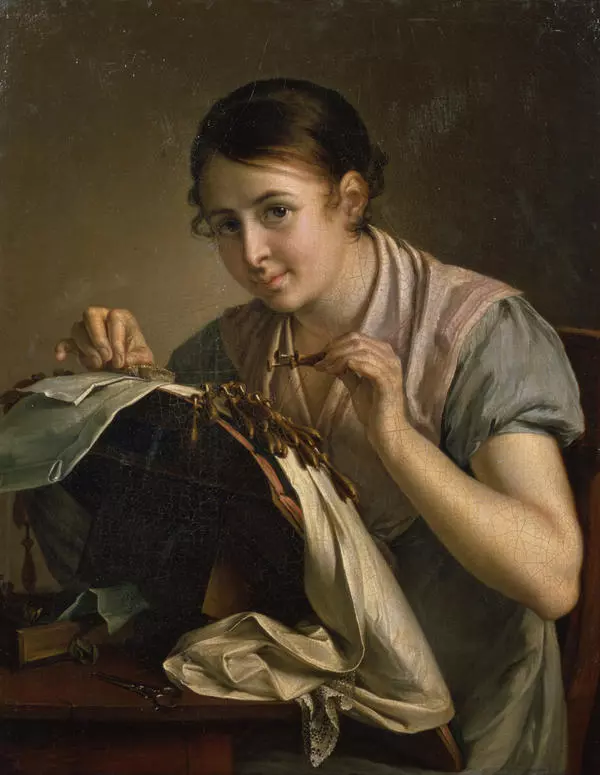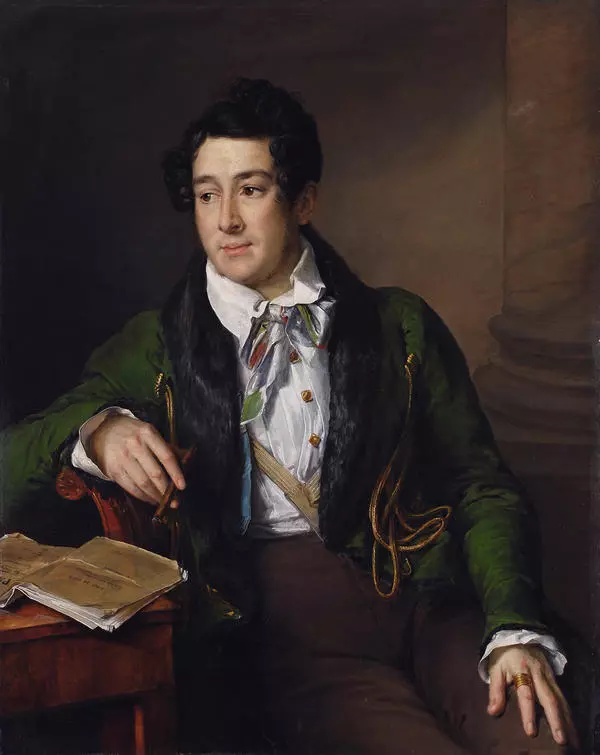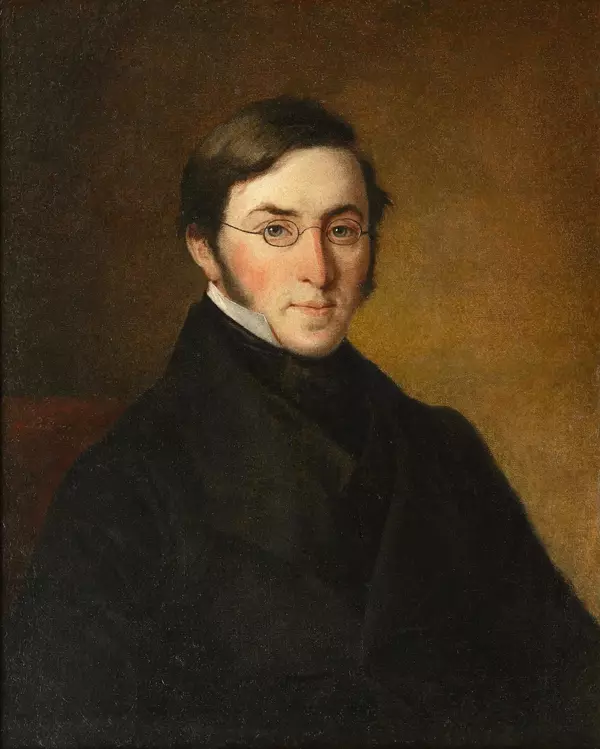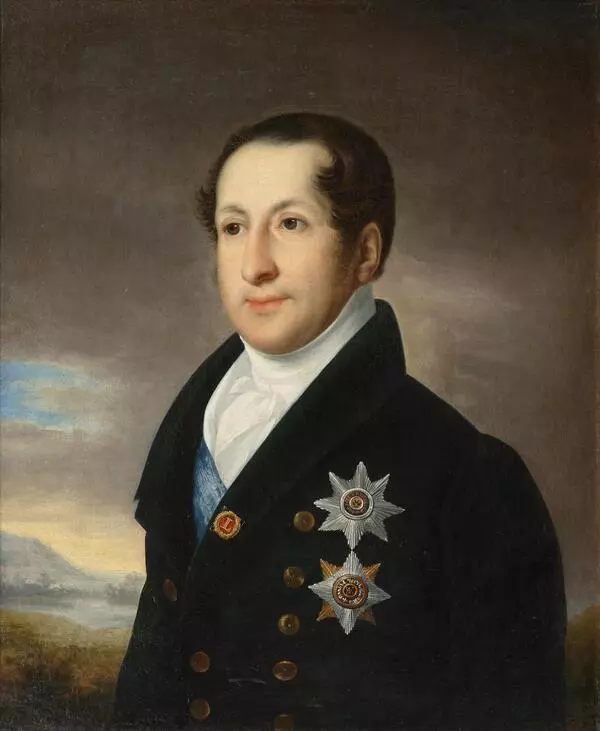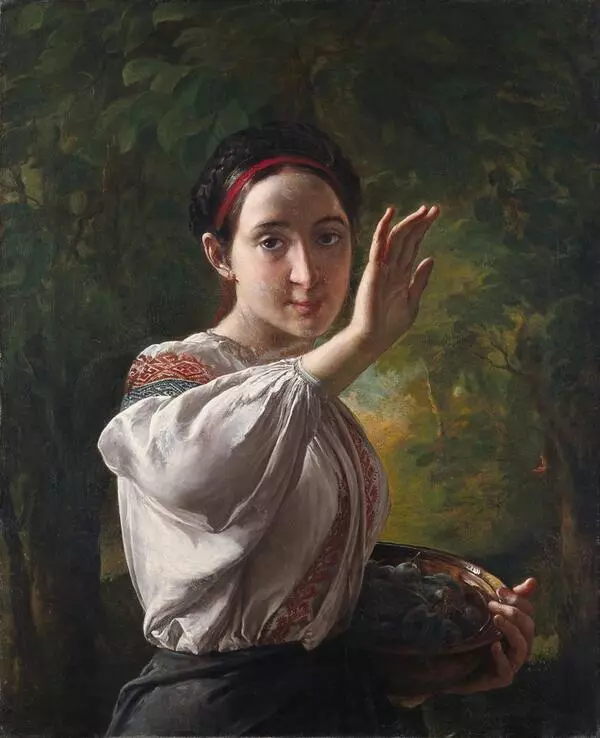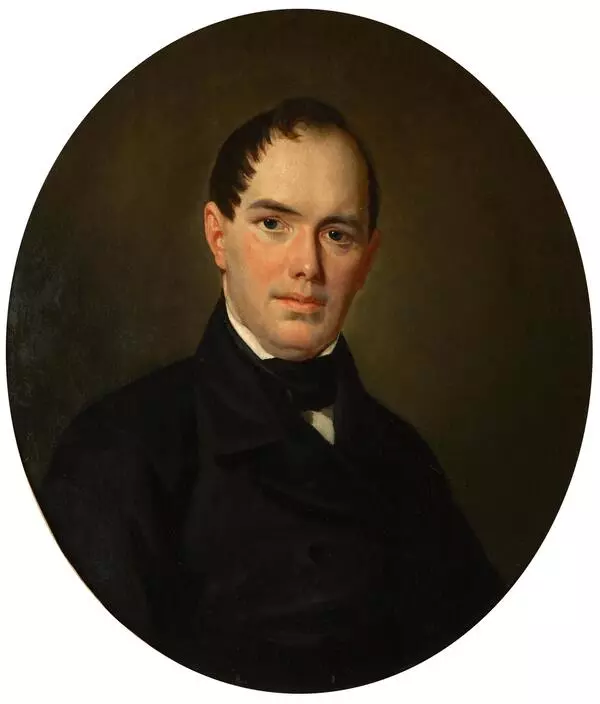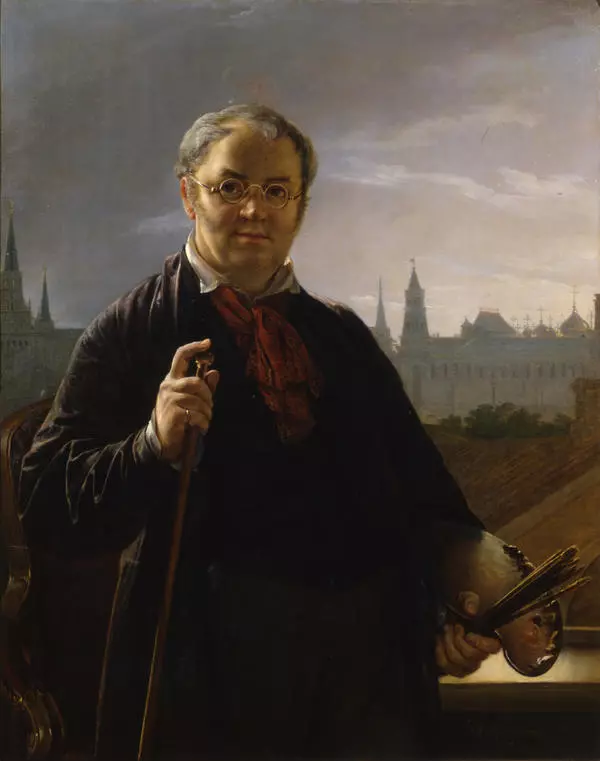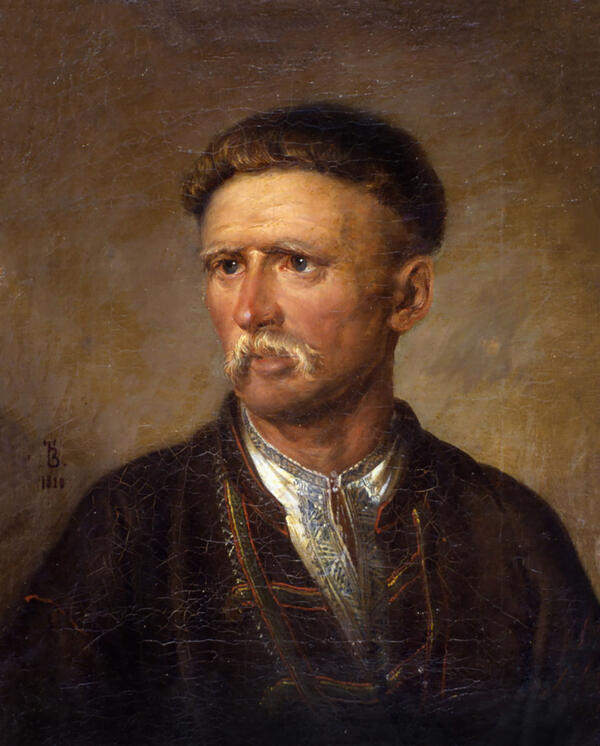Vasily Tropinin was born in the village of Karpovo of the Novgorod Province in 1776, to a serf belonging to Count Anton Minikh. The count’s daughter married Commander Irakly Morkov and Tropinin became his property. Vasily was a pupil of a folk school in Novgorod for 4 years and then moved to Saint Petersburg with his new master.
The count’s cousin Alexey found out that Tropinin secretly attended lectures at the Imperial Academy of Arts and paid for his studies. Tropinin attended gypsum and painting classes for six years. The future artist practiced his skills in the studio of Stepan Shchukin, a famous painter at that time. Twice Tropinin was recognised the first in Academy competitions. Count Alexander Stroganov, President of the Academy, having learned from artist Kiprensky that one of the best students was still a serf, promised to procure a manumission for Tropinin. However, as soon as Count Morkov learnt about such an interest in his serf, he ordered Vasily Tropinin to leave Saint Petersburg and come to the count’s new estate – the village of Kukavka near Podolsk, where Tropinin simultaneously performed the duties of a servant, herdsman, architect and artist.
In 1812, the war with Napoleon found Tropinin in Novorossiya. Count Morkov was elected one of the leaders of Moscow militia forces. Tropinin accompanied the wagon train with his master’s property to Moscow, where he continued to paint.
Many people who learnt that Tropinin was a serf became very indignant at the fact. Count Morkov was forced to concede with the public opinion: in May 1823, in the age of 47, Vasily Tropinin received a manumission as an Easter gift. His wife and son became free only five years later.
In 1824, liberated Vasily Tropinin received the title of Academician. He created many portrait on commission. Among them were companion portraits of spouses Nikolay and Maria Belchenko created in 1836. Nikolay Belchenko was a former military servant resigned in the rank of Major. His wife Maria came from an ancient Russian noble family. Tropinin painted these two portraits shortly after they got married.
The count’s cousin Alexey found out that Tropinin secretly attended lectures at the Imperial Academy of Arts and paid for his studies. Tropinin attended gypsum and painting classes for six years. The future artist practiced his skills in the studio of Stepan Shchukin, a famous painter at that time. Twice Tropinin was recognised the first in Academy competitions. Count Alexander Stroganov, President of the Academy, having learned from artist Kiprensky that one of the best students was still a serf, promised to procure a manumission for Tropinin. However, as soon as Count Morkov learnt about such an interest in his serf, he ordered Vasily Tropinin to leave Saint Petersburg and come to the count’s new estate – the village of Kukavka near Podolsk, where Tropinin simultaneously performed the duties of a servant, herdsman, architect and artist.
In 1812, the war with Napoleon found Tropinin in Novorossiya. Count Morkov was elected one of the leaders of Moscow militia forces. Tropinin accompanied the wagon train with his master’s property to Moscow, where he continued to paint.
Many people who learnt that Tropinin was a serf became very indignant at the fact. Count Morkov was forced to concede with the public opinion: in May 1823, in the age of 47, Vasily Tropinin received a manumission as an Easter gift. His wife and son became free only five years later.
In 1824, liberated Vasily Tropinin received the title of Academician. He created many portrait on commission. Among them were companion portraits of spouses Nikolay and Maria Belchenko created in 1836. Nikolay Belchenko was a former military servant resigned in the rank of Major. His wife Maria came from an ancient Russian noble family. Tropinin painted these two portraits shortly after they got married.
